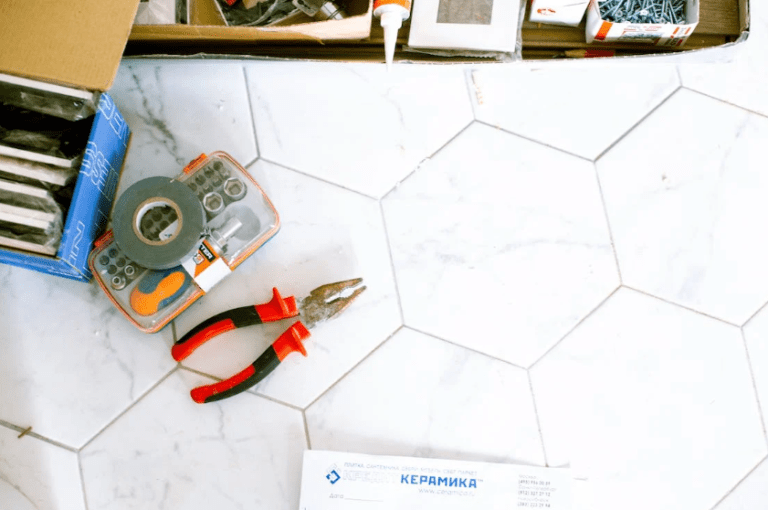Are you planning on making some big changes to your home sometime soon but want to make sure everything goes as smoothly as possible? Do you need some advice when it comes to home improvement projects and making sure they go well?
Home improvement projects can be both rewarding and overwhelming. After all, there are so many decisions to make, from selecting materials to ensuring the job is done properly. The good news is that with a little planning and knowledge of some key steps, you can make your project go more smoothly. In this blog post, we’ll look at five simple tips for successful home improvement projects, so you can tackle your next one confidently!
Define Your Scope
When it comes to home improvement projects, there are ways that you can go about it to ensure that the process goes as smoothly as possible without any hiccups along the way. The first step to making your home improvement project go more smoothly is to simply define your scope.
If you’re planning a home improvement project, it’s essential to determine the size and scope of the work and set realistic goals. Outlining your objectives helps prevent delays and wasted time and money. You should also consider dumpster rental services to take care of scrap materials quickly and without any hassle. Look for a dumpster rental company that services numerous counties to make sure your area is covered as well. Eagle Dumpster Rental, for example, is an affordable dumpster rental service covering Delaware and many more areas, which makes it a good choice wherever you’re located. Plan carefully so that you have access to all the supplies you need when beginning a job. Lack of preparation can increase stress levels, so make sure to define the limits of your project before starting. Doing this will help ensure that your project goes smoothly and is completed successfully.
Set a Budget
The next step to take once you have defined your goal is to set out a budget. It comes as no surprise that home improvement or home renovation projects can get very expensive very quickly; however, there are ways to deal with it if you’re on a tight budget.
Setting a budget can make a project go smoothly. How much money do you have to spend on the project? This is an important question to ask yourself when setting your budget because you don’t want to spend more than you can afford. When setting your budget, be sure to account for all of the potential costs, such as materials, labor, permits, and so on.
Once you have a better idea of how much money you have to work with, you can begin to shop around for the best deals.
Hire a Contractor
If you are not a very handy person and don’t plan on doing the work yourself, one of the next things you need to consider is hiring a contractor who can do the job well. When hiring a contractor, you want to get quotes from several different people. You can also ask for references from these different people and ask around to find out how good they are.
Once you have found a contractor with whom you feel comfortable, always be sure to sign a contract that outlines the scope of the work as well as a payment schedule.
Get Permits
If you have never renovated your home before or done any home improvements, something you might not know is that to make adjustments to your home, especially if they are external, you need to have a permit. Depending on the nature of your project, you may need to obtain one or more permits from the local government before you begin your work.
Failure to obtain these proper permits could result in fines or even having to tear down any work that has already been completed. Always be sure to check with your local department for Planning Commission to find out what kind of permits you might need to complete your project.
Make a Schedule
Last but not least, once you have all of the necessary information and approvals, you can proceed with all of your home improvement projects. Before you get going with these projects, it is a good idea to make a schedule so that you know how much time you will allow for each task that needs to be completed.
In addition to this, always add in a little bit of extra time to offer some flexibility in case there are any unforeseen delays along the way.

